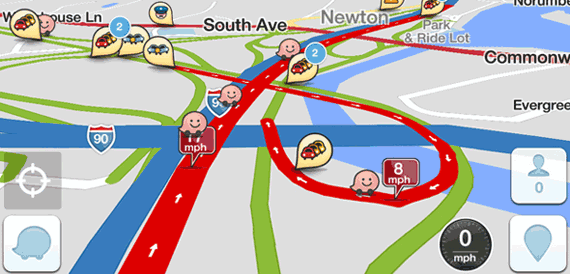Anni Ylagan
Governments can bridge costs and services gaps with sensor networks
Government sensor networks can streamline processes, cut labor costs, and improve services.
Contributing authors: Andre Bierzynski and Kevin Chrapaty.

What if government agencies followed in the footsteps of Waze, a community-driven mobile phone app that collects location data through GPS and allows its users to report accidents and traffic jams, providing real-time, location-specific traffic alerts?
It’s not news to anyone who works in government that we live in a time of ever-tighter budgets and ever-increasing needs. The 2013 federal shutdown only highlighted this precarious situation: government finds it increasingly difficult to summon the resources and manpower needed to meet its current responsibilities, yet faces new ones after each Congressional session.
Sensor networks are an important emerging technology that some areas of government already are implementing to bridge the widening gap between the demand to reduce costs and the demand to improve services. The Department of Defense, for instance, uses RFID chips to monitor its supply chain more accurately, while the U.S. Geological Survey employs sensors to remotely monitor the bacterial levels of rivers and lakes in real time. Additionally, the General Services Administration has begun using sensors to measure and verify the energy efficiency of “green” buildings (PDF), and the Department of Transportation relies on sensors to monitor traffic and control traffic signals and roadways. All of which is productive, but more needs to be done. Read more…
